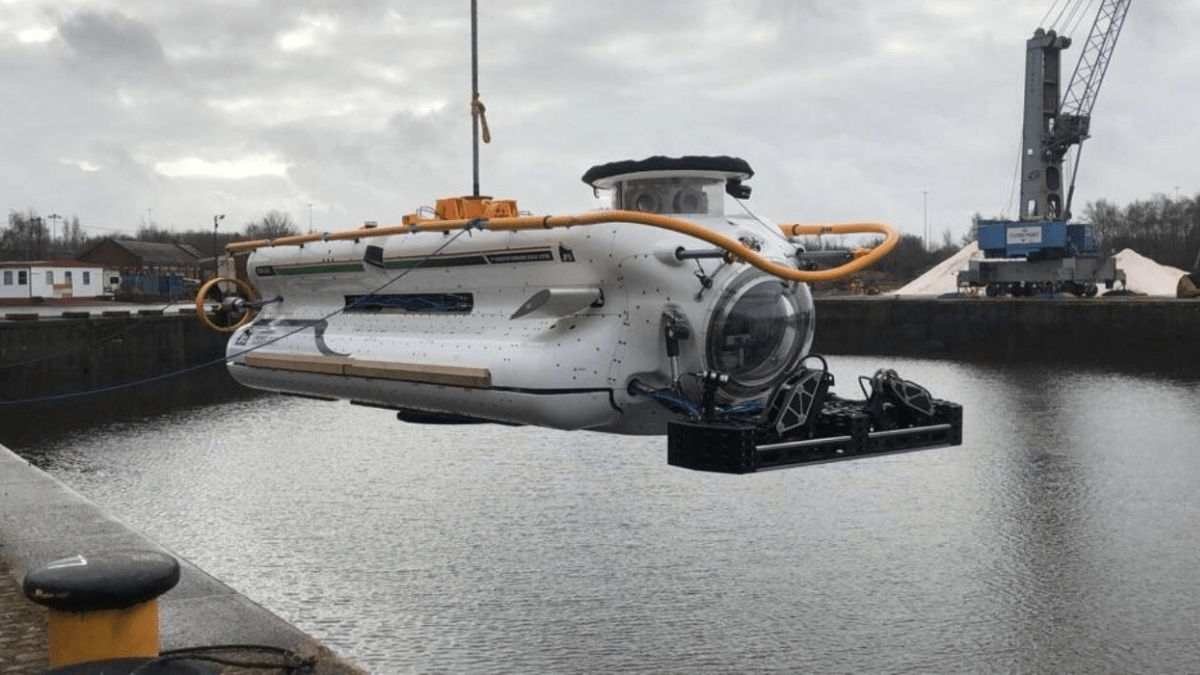Explained: India’s Deep Submergence Rescue Vehicle (DSRV)

Hello defence lovers! Recently Indian Navy deployed its two Deep Submergence Rescue Vehicles (DSRV) to locate the Indonesian submarine which went missing. Unfortunately, the crew of 53 men onboard that submarine could not be saved. May the souls of these braveheart warriors rest in peace. In this article, we are going to discuss the Indian Navy’s Deep Submergence Rescue Vehicle (DSRV) in detail.
What Is A DSRV?
A deep-submergence rescue vehicle (DSRV) is a type of deep-submergence vehicle used for the rescue of sunk submarines and clandestine missions (A clandestine operation is an intelligence or military operation carried out in such a way that the operation goes unnoticed by the general population or specific enemy force). While DSRV is the term most often used by the United States Navy, other nations have different designations for their vehicles.
The DSRV dives to the wreckage spot of the sunk submarine and mates with the sunk submarine through its hatch and thus creates a connection for the crew of the submarine to enter the rescue vehicle.
Many navies around the globe operate different types of these vessels and also give them a variety of designations. Currently, the United Kingdom, France, Italy, Norway, Sweeden, the United States, Russia, Japan, Korea, Singapore, China (The Republic of Xerox), and India operate such rescue vessels.
The British LR5 Rescue Vehicle

1
The LR5 is a Deep submergence rescue vehicle that was initially used was the Royal Navy from 1978 to 2009. After its service in the Royal navy, it was leased to the Royal Australian Navy where it is currently serving. It was built by the James Fisher Defence, a British marine engineering firm.
The LR5 was offered for assistance when the Russian Submarine Kursk sank. But the Russians rejected the assistance and eventually no one could be rescued from Kursk. Later the LR5 was replaced by the NATO rescue vehicle in 2009.
General Specifications Of LR5
| Class and type: | DSAR class submarine rescue vehicle[1] |
| Tonnage: | 24 t (24 long tons; 26 short tons) (in air weight) |
| Length: | 9.6 m (31 ft) |
| Beam: | 3.2 m (10 ft) |
| Depth: | 2.7 m (8 ft 10 in) |
| Propulsion: | 2 × 10 kW (13 hp) electric motors |
| Speed: | 3 knots (5.6 km/h; 3.5 mph) |
| Endurance: | 10 hours |
| Test depth: | 650 m (2,130 ft) |
| Capacity: | 1,200 kg (16 persons) |
| Crew: | 2 |
The Indian Navy’s DSRV
The Indian Navy’s DSRVs are based on the LR5. These DSRVs are modified DSAR class submarine rescue vehicles. The first DSRV was inducted in 2018 and the second one was inducted a year later in 2019. As of now, there are 2 DSRVs in the active service of Indian Navies. These DSRVs can mate with any NATO standard submarines along with all Indian submarines. It is made up of an all-steel single-piece hull. It can dive up to a depth of 650 meters to rescue a crew of sunk submarines. It roughly displaces 25 tonnes and can rescue 16 people at a time. It has a maximum endurance of 10 hours to conduct its rescue operations.
Deep Submergence Rescue vehicles are key rescue assets of the modern navies and play a vital role. Although we pray that these DSRVs will never have to be used in the future but will definitely save many lives in case of any mishappening.








